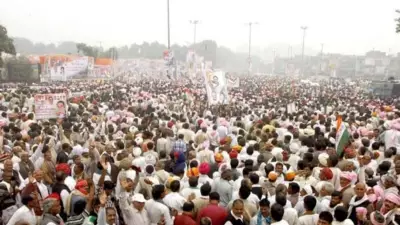
In a major setback for Delhi's fight against air pollution, a comprehensive study from IIT has delivered sobering news: cloud seeding, often touted as a potential silver bullet, is simply not viable for tackling the capital's winter smog.
The Moisture Deficit Problem
The research highlights a fundamental obstacle – Delhi's winter atmosphere lacks sufficient moisture to make artificial rain effective. Cloud seeding requires adequate water vapor in the air to work, a crucial ingredient that's in short supply during the critical pollution months.
Even under ideal conditions, the study reveals that cloud seeding's impact would be minimal at best. The technology, which involves injecting particles into clouds to encourage rainfall, simply can't produce the dramatic results needed to clear Delhi's notoriously polluted winter air.
Why This Matters for Delhi
With Delhi residents facing annual pollution emergencies, authorities have been desperately seeking solutions. Cloud seeding emerged as a promising technological fix, but this research suggests it's a dead end for winter applications.
The findings force a reevaluation of pollution control strategies, indicating that resources might be better spent on addressing pollution at its source rather than hoping for technological miracles.
Key Reasons Cloud Seeding Won't Work:
- Insufficient atmospheric moisture during winter months
- Weak and limited impact even if attempted
- High cost with minimal pollution reduction benefits
- Unreliable results in Delhi's specific climatic conditions
What This Means for Pollution Control
The study underscores the complexity of Delhi's pollution crisis and the danger of relying on quick technological fixes. There are no easy solutions to the capital's air quality nightmare.
As winter approaches, this research serves as a reality check for policymakers and citizens alike. The search for effective pollution control measures must continue, but cloud seeding won't be providing the respite Delhi desperately needs.
The message from scientists is clear: sustainable, ground-level solutions rather than weather modification offer the most promising path forward in the battle against pollution.





